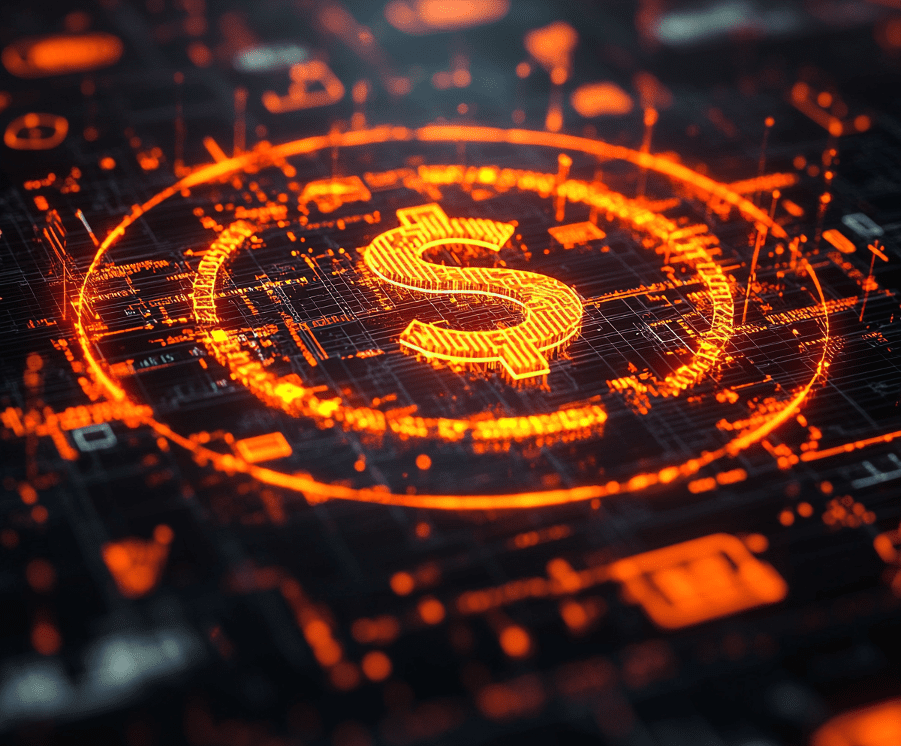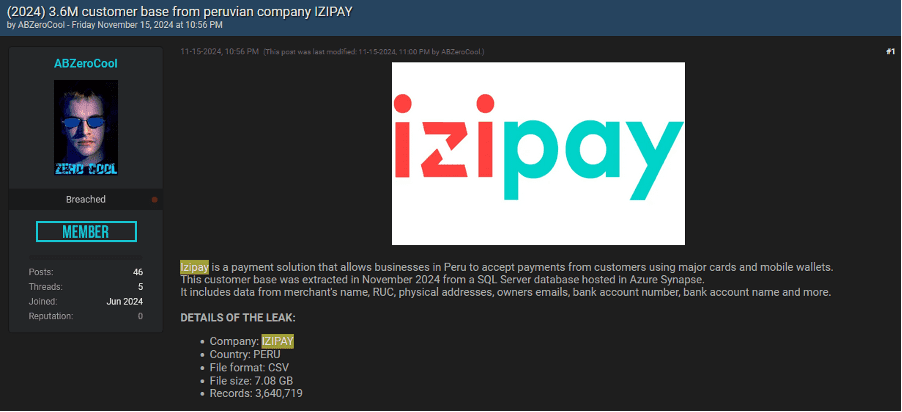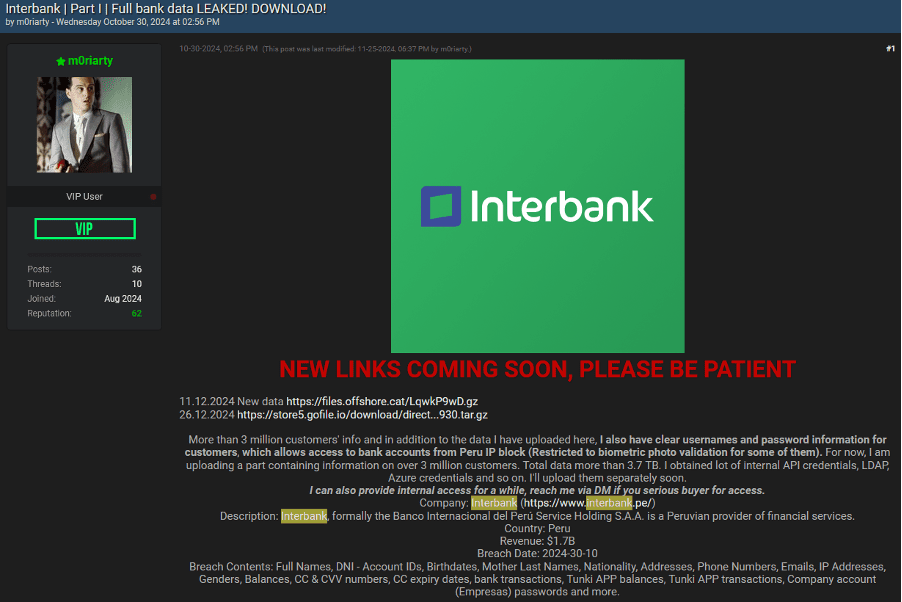The Hidden Cyber Risks in Your Executive Team’s Digital Footprint
Executive Team’s Digital Footprint Exposure Is Real
Executives, board members, and other high-profile users carry more than just influence – they carry risk. With access to strategic assets, critical systems, and high-trust communications, these individuals are prime targets for threat actors. And in the age of oversharing, infostealers, and deepfakes, an executive’s digital footprint becomes a high-value entry point.
Why Are Executives Targeted So Aggressively?
These individuals have sprawling digital identities – corporate emails used across third-party sites, public speaking engagements, social media presence, travel announcements, and more. Attackers use this abundance of information to:
- Craft spear-phishing and impersonation campaigns
- Hijack personal and professional accounts
- Deploy infostealers to silently harvest credentials and cookies from executive devices
And unfortunately, even the most tech-savvy leaders fall into predictable patterns. Password reuse, lack of MFA, and device exemptions for frictionless access all make them vulnerable.
When Human Behavior Meets Cybercrime
Let’s get specific. Here’s how executive exposure has turned into real-world breaches:
- Mark Zuckerberg: His Twitter and Pinterest accounts were hijacked using a password (“dadada”) leaked in the 2012 LinkedIn breach. This wasn’t just about access—it was reputational damage.
- Colonial Pipeline: An inactive VPN account with a reused password—found in a breach—enabled one of the most high-profile ransomware attacks in U.S. history. MFA wasn’t enabled. The result? A fuel supply disruption across the Eastern U.S.
- Voice-Cloning Fraud: In 2019, cybercriminals used deepfake voice technology to impersonate a CEO’s voice, instructing a subordinate to wire $243K to a fraudulent account. The voice sounded real enough that no suspicion was raised—until it was too late.
The Deepfake Era Has Arrived
What used to be phishing emails has now evolved into:
- Deepfaked video and voice impersonations
- Fake Teams and Zoom meetings with AI-generated faces
- Spoofed WhatsApp messages that mimic executive tone and context
Security teams are facing not just technical exploits but psychological manipulation – crafted from breached data and AI tooling. And executives are the preferred channel for this high-leverage social engineering.
Infostealers Targeting Executive Endpoints
Threat actors know where the value lies. Infostealers like Raccoon, RedLine, and Vidar are mass-deployed to capture saved logins, cookies, and autofill data. Executive devices, often used across corporate and personal workflows, become low-friction, high-yield targets.
These logs are bundled and sold on dark web markets like Russian Market or Genesis, sometimes specifically filtered for domains like yours. One CISO’s nightmare? Seeing their CEO’s corporate login and session token available for $100 to the highest bidder.
How to Defend What Matters Most
Identity-centric digital risk intelligence provides visibility that traditional tools lack. Constella’s digital risk intelligence platform helps you:
- Continuously monitor executive credentials across breach dumps, infostealer logs, and dark web forums
- Detect impersonation attempts – email spoofing, social profile cloning, or deepfake media
- Apply identity risk scoring to high-privilege individuals to drive priority response
Final Thought
Executives won’t stop being high-value targets. But with the right visibility, proactive detection, and identity-centric alerts, you can stop their exposure from becoming your next breach.
Protect the people who protect your company. Download The Identity Intelligence Playbook today.














